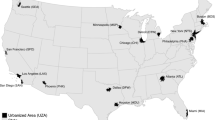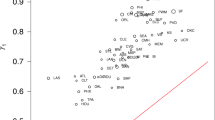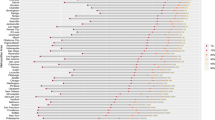Abstract
The basic justification for transit subsidy is that such a subsidy is necessary, given substantial economies of scale, in order to permit fares to be set at a level which will result in reasonably efficient use of the service. Efficiency is not, however, merely a matter of the level of the fares but even more of the fare structure and pattern. Major changes in fare patterns are needed to permit reasonable efficiency of utilization to be attained, and full advantage derived from subsidy. Differentiation according to time and direction, as well as the distance of travel, is required. Ideally, competing modes such as the private automobile should be priced at marginal cost, differentially by time and place, and the subsidy should be derived from taxes on land values in the areas where such values are enhanced by the presence of transit service at low fares. In the absence of such conditions, fares should differ from marginal cost in ways that take into account the impacts of transit fare variations on auto traffic and congestion, and on the subsidy requirements and the adverse impacts of the taxes imposed to finance the subsidy.
In addition to these economic efficiency considerations there may be added considerations of distributional impact and political acceptability, which may modify the optimal solution somewhat but should not greatly change the main outlines of the patterns to be recommended.
Similar content being viewed by others
References
Mohring, Herbert (1972). “Optimization and scale economies in bus transportation,” American Economic Review 67 (4): 593.
Mohring, Herbert (1976). Transportation Economics. Ballinger.
Vickrey, K. (1977). “The city as a firm,” pp. 334–343 in M.S. Feldstein and R.P. Inman, eds., The Economics of Public Services. London: MacMillan.
Author information
Authors and Affiliations
Rights and permissions
About this article
Cite this article
Vickrey, W. Optimal transit subsidy policy. Transportation 9, 389–409 (1980). https://doi.org/10.1007/BF00177700
Issue Date:
DOI: https://doi.org/10.1007/BF00177700




